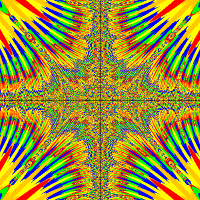/**
* Write a description of class Crate here.
*
* @author (your name)
* @version (a version number or a date)
*/
public class Crate extends Actor
{
public Crate()
{
//when the crate is created turnh it to face the bottom of the screen
}
public void act()
{
///drop the crate
MoveRandomly moverandomly2 = new MoveRandomly(Crate);
addObject(moverandomly2, 99, 108);
}
}



